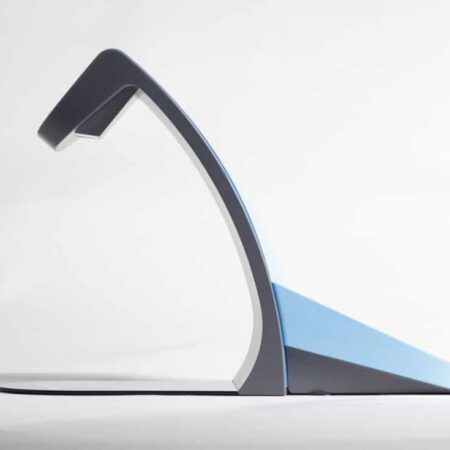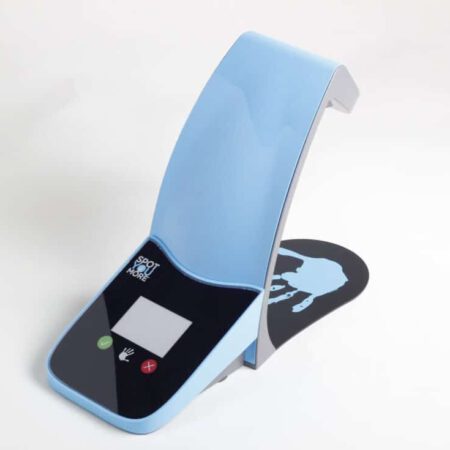Mesh Systems Point of Purchase Device
Catalyst is proud to be a design partner of Mesh Systems, an expert IoT design and development company. Mesh Systems designed technology which allowed consumer purchase data to be analyzed in real time. Customers would present their smartphone where an app converted digital promotions to a UPC, then scanned during a transaction.
During the system development, there were a variety of usability concerns that needed resolution prior to deployment of field trials. The system needed to be able to scan a user’s phone, be wired to the network, and have a display that could be scanned with a standard UPC scanner device. Both the consumer and retailer components of the product had their own challenges.
On the consumer side, the built-in scanner needed to point down with enough room to easily place any smartphone under the scanning area. This required in-depth research at all potential size variations within the smartphone market. The scanner device also required a specific distance for optimal reading of the digital image while fitting within a crowded countertop environment. The consumer side of the device also needed to incorporate lighting to accent specific RJR Spot-You-More branding and usability communications to the user.
The retailer side required a simple display with optimal viewing and scanning angle for the cashiers, along with a few simplified interface buttons. Both user interface components required modularity to facilitate a variety of countertop configurations and use scenarios. In some cases, the two modular units were required to be nested together. In other layouts, the modules were needed to operate while separated.



